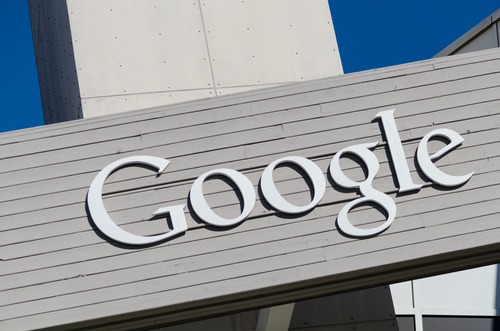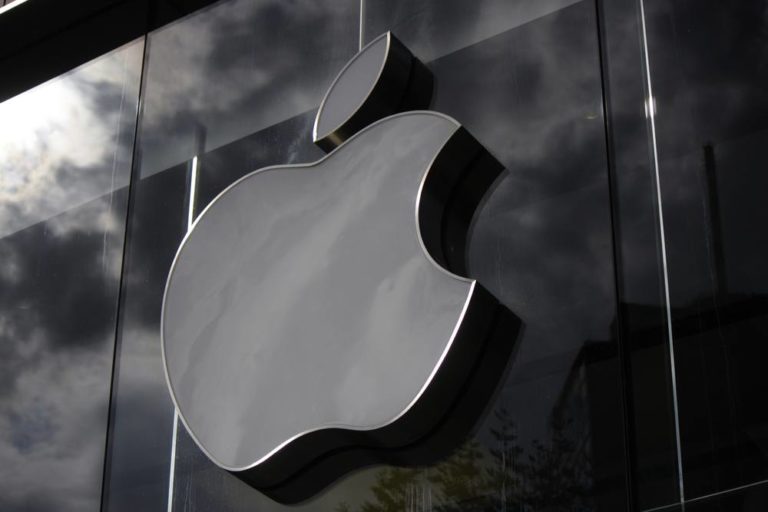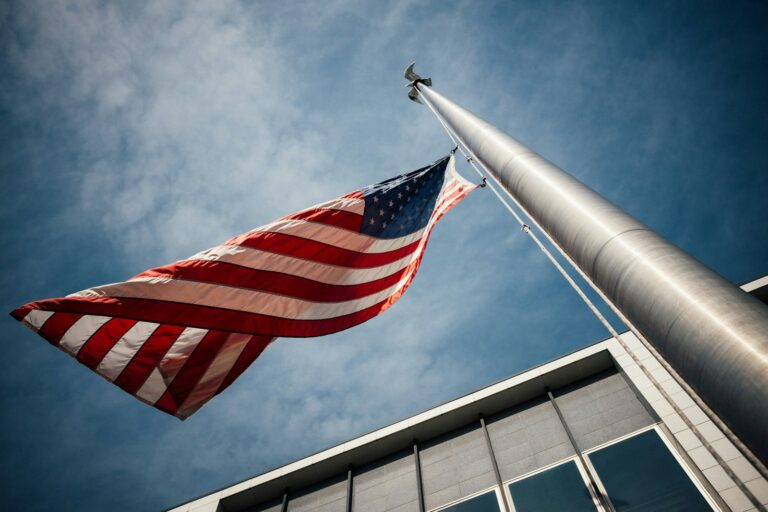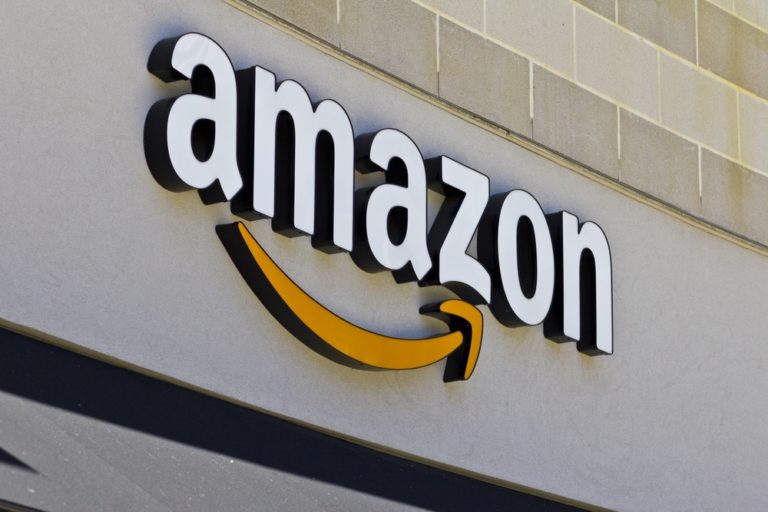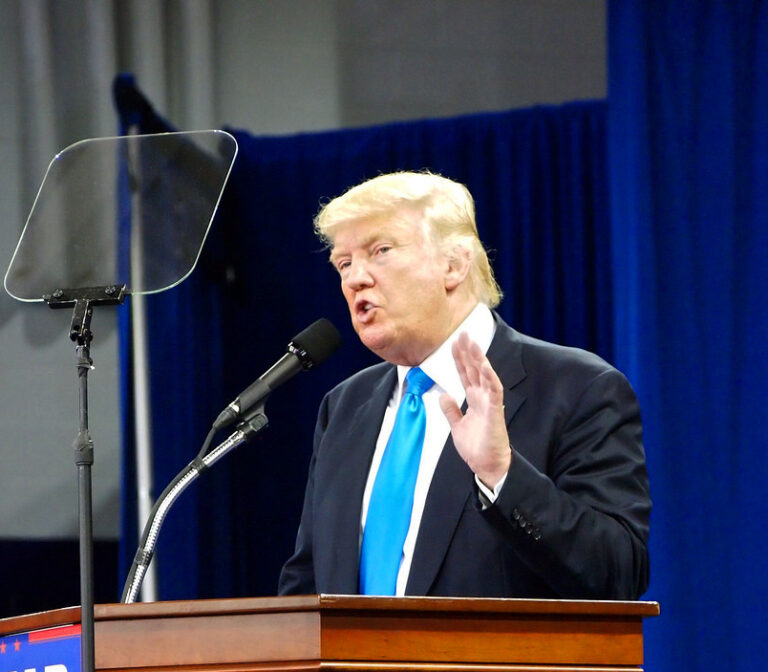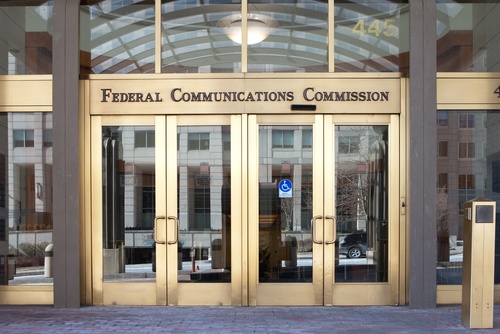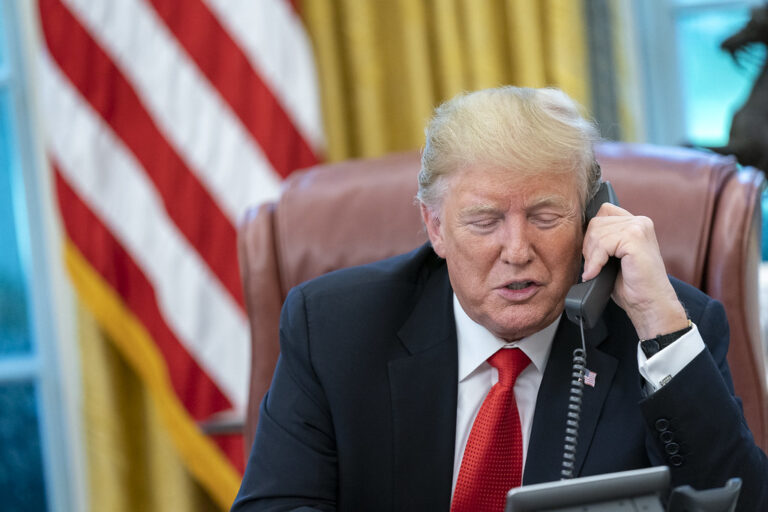Key Takeaways:
- The modern space race blends billionaire dreams and national goals.
- Jeff Bezos’s Blue Origin and Elon Musk’s SpaceX lead private efforts.
- The US and China compete for strategic and security advantage.
- New technology and strict rules shape the path ahead.
- Sustainable space travel could reshape our global economy.
The Modern Space Race Takes Off
The space race has entered a new era. Now, private companies and countries rush to claim orbits and lunar landings. First, billionaires like Jeff Bezos and Elon Musk fund rockets. Next, nations such as the US and China launch their own missions. As a result, the stakes have never been higher. This space race blends innovation, security, and big dreams.
Billionaires Fuel the Space Race
Elon Musk and Jeff Bezos speed forward to conquer space. Musk’s company SpaceX focuses on reusable rockets. Meanwhile, Bezos’s Blue Origin tests New Shepard for lunar trips. Both aim to cut costs and boost reliability. They compete on launch price, engine power, and speed. Furthermore, they promise space tourism for a lucky few. Thus, this private space race drives rapid progress.
Tech Innovations Soar
New technology powers today’s space race. For example, SpaceX built reusable first stages to land back on Earth. This innovation cuts launch costs by millions. Also, Blue Origin designed a vertical landing system for its rockets. In addition, both firms work on advanced life-support systems. They develop better heat shields and fuel efficiency. Consequently, space travel becomes safer and cheaper. Moreover, startups explore new materials for spacecraft and habitats.
National Security and Geopolitics
Beyond billionaires, countries pursue their own space race. The US sees space as a vital domain for defense. It formed the Space Force to protect satellites and communications. Similarly, China launched its own space station and lunar probes. It tests rover robots and plans missions to Mars. Both powers worry about satellite jamming and space weapons. Therefore, this space race carries real risks of conflict.
Regulatory Hurdles Ahead
However, rockets and satellites need clear rules. Agencies such as the Federal Aviation Administration review launch permits. They inspect safety plans and environmental impacts. Meanwhile, international law lags behind fast-moving technology. Questions arise over who owns lunar minerals or asteroid resources. Countries and companies must navigate complex treaties. In addition, space debris from old satellites creates collision hazards. Thus, the regulatory landscape shapes every step in this race.
Economic Transformation Through Space
In fact, the space race could transform Earth’s economy. Mining asteroids might yield rare metals used in electronics. Space-based solar power could supply clean energy to the grid. Also, new satellite networks promise global high-speed internet. These advances could boost industries and create jobs worldwide. Furthermore, space tourism may open an entirely new market. In time, off-world manufacturing could relieve Earth’s overuse of materials. As a result, sustainable space exploration holds vast promise.
Challenges and Risks
Yet, this space race faces huge challenges. Rocket failures still occur, sometimes with explosive results. Funding remains tight for many projects. Governments may cut budgets if public interest wanes. Moreover, human missions carry health risks from radiation and microgravity. Cybersecurity threats could hack satellites or ground systems. Lastly, space law must adapt to prevent accidents and conflicts. Addressing these issues is essential for long-term success.
Collaboration vs Competition
Interestingly, the space race balances rivalry with teamwork. For instance, the International Space Station hosts astronauts from many nations. Private firms often partner with governments to share costs and expertise. SpaceX won NASA contracts to ferry crews to orbit. Similarly, Blue Origin collaborates on lunar lander designs. Meanwhile, China invites other countries to join its station program. Such partnerships prove that cooperation can thrive alongside competition.
Looking Forward
Ultimately, this new space race will shape our future in space and on Earth. Advances in rocket design, life support, and robotics will open new frontiers. As more players enter the field, costs should fall and access should grow. However, we must manage risks from orbital debris, regulation gaps, and geopolitical tensions. With smart policies and ethical guidance, space can become a peaceful domain. In the coming decades, we may see lunar bases, Mars outposts, and asteroid mines. Indeed, the modern space race holds both excitement and responsibility.
Frequently Asked Questions
What drives the modern space race?
Private ambition and national security fuel the modern space race. Billionaires seek profit and prestige. Meanwhile, countries aim to protect satellites and gain global influence.
How do reusable rockets impact the space race?
Reusable rockets cut launch costs and turnaround time. They allow more frequent missions and reduce waste. This innovation makes space travel more sustainable and affordable.
Why is space regulation important?
Clear rules prevent accidents, reduce debris, and settle ownership disputes. Regulation ensures safety and fair resource use. It also sets standards for environmental protection.
What economic benefits could come from space exploration?
Space exploration can yield rare minerals, solar power, and new markets like tourism. It also drives innovation in materials, robotics, and communications. These advances can boost global industries and create jobs.


